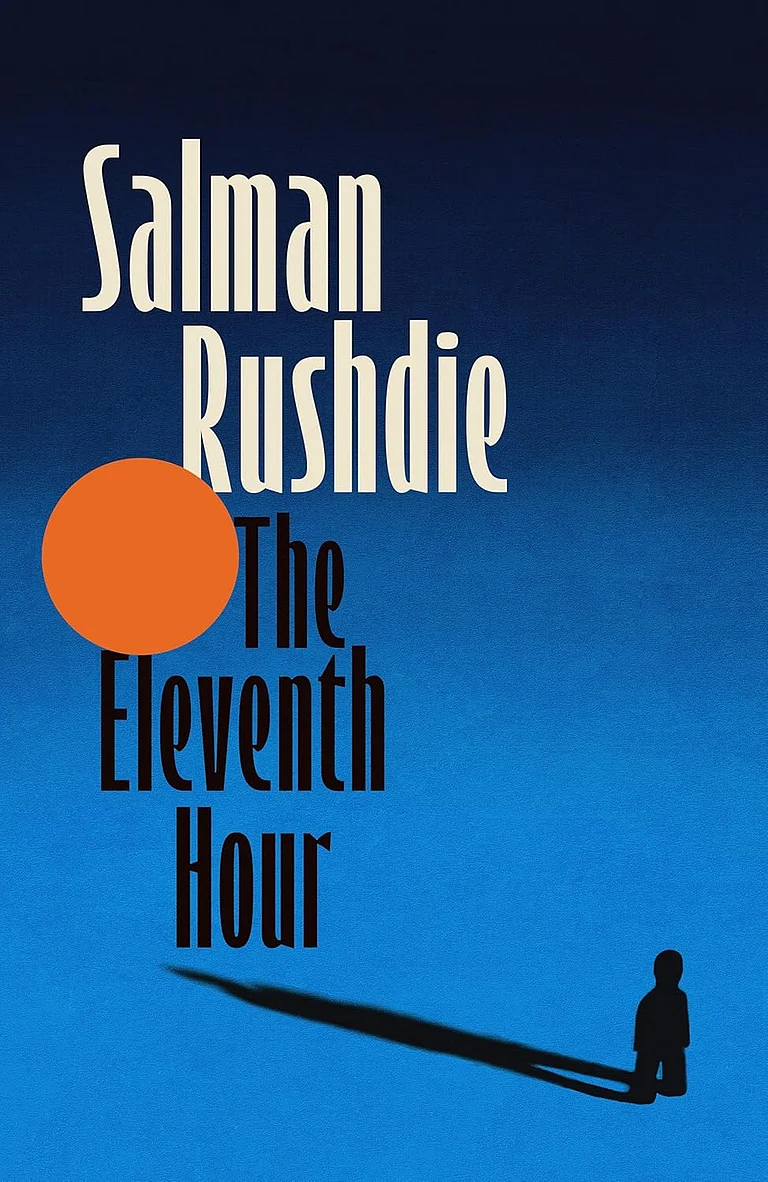The Watermelon
The humble watermelon has long been a symbol of protest and resistance for Palestinians. When cut open, the fruit bears the colours of the Palestinian flag—red, green, black and white.
Palestinians have been using the watermelon as a symbol of solidarity since the Six-Day War in 1967 when Israel captured and occupied Gaza and the West Bank and banned the display of the Palestinian flag in these occupied parts. The ingenious use of the watermelon to represent the Palestinian fight for recognition continued till 1993 when Israel lifted the ban on the flag following the Oslo Accords. It has nevertheless remained a symbol of Palestine and has been used heavily on social media and pro-Palestinian protests since October 7.
Tattreez
Women have been at the forefront of the Palestinian resistance against occupation, apartheid, injustice, war and displacement. And of the most powerful means through which they have expressed this resistance is through the traditional Palestinian style of embroidery known as Tatreez, which dates back to 3,000 years. The different shades of colours used for the embroidery were symbolic of regions, and stages of women’s lives. These embroidered artworks took the shape of resistance when Israel banned the Palestinian flag after the Six Day War and Palestinian women stitched the flag and other symbols like
the watermelon on their clothes using the traditional style. The art form and its history run parallel to the history of Palestine and is symbolic of its cultural heritage.
Gauze
The translucent and ephemeral gauze, essential for treating any injury, is said to have derived its name from Gaza (Ghazze in Arabic), the place where it is first said to have been woven. Once a centre for weaving in the region, Gaza produced a fine variety of silk known as gazzatum as far back as the 13th century. Despite a census of items produced in Gaza by European religious orders in medieval Europe, the material survived due to its popularity and remerged in the modern era as gauze. Or sometimes the occasional vile on a bride’s head. Gaza, which gave the world gauze, has today run out of it. Crumbling under incessant bombing since October 7, hospitals and homes in Gaza have run out of medical supplies including gauze. With hospitals in Gaza getting bombed, many across the world have noted the irony, making gauze another symbol of the ongoing violence and the consequent violations of international norms in Gaza. A poem by Em Berry highlighting the crisis through the metaphor of Gauze has been widely shared in solidarity with Gaza.
(Compiled by Rakhi Bose)


























